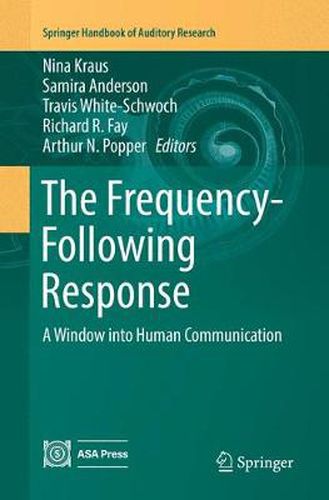Readings Newsletter
Become a Readings Member to make your shopping experience even easier.
Sign in or sign up for free!
You’re not far away from qualifying for FREE standard shipping within Australia
You’ve qualified for FREE standard shipping within Australia
The cart is loading…






This title is printed to order. This book may have been self-published. If so, we cannot guarantee the quality of the content. In the main most books will have gone through the editing process however some may not. We therefore suggest that you be aware of this before ordering this book. If in doubt check either the author or publisher’s details as we are unable to accept any returns unless they are faulty. Please contact us if you have any questions.
This volume will cover a variety of topics, including child language development; hearing loss; listening in noise; statistical learning; poverty; auditory processing disorder; cochlear neuropathy; attention; and aging. It will appeal broadly to auditory scientists-and in fact, any scientist interested in the biology of human communication and learning. The range of the book highlights the interdisciplinary series of questions that are pursued using the auditory frequency-following response and will accordingly attract a wide and diverse readership, while remaining a lasting resource for the field.
$9.00 standard shipping within Australia
FREE standard shipping within Australia for orders over $100.00
Express & International shipping calculated at checkout
This title is printed to order. This book may have been self-published. If so, we cannot guarantee the quality of the content. In the main most books will have gone through the editing process however some may not. We therefore suggest that you be aware of this before ordering this book. If in doubt check either the author or publisher’s details as we are unable to accept any returns unless they are faulty. Please contact us if you have any questions.
This volume will cover a variety of topics, including child language development; hearing loss; listening in noise; statistical learning; poverty; auditory processing disorder; cochlear neuropathy; attention; and aging. It will appeal broadly to auditory scientists-and in fact, any scientist interested in the biology of human communication and learning. The range of the book highlights the interdisciplinary series of questions that are pursued using the auditory frequency-following response and will accordingly attract a wide and diverse readership, while remaining a lasting resource for the field.